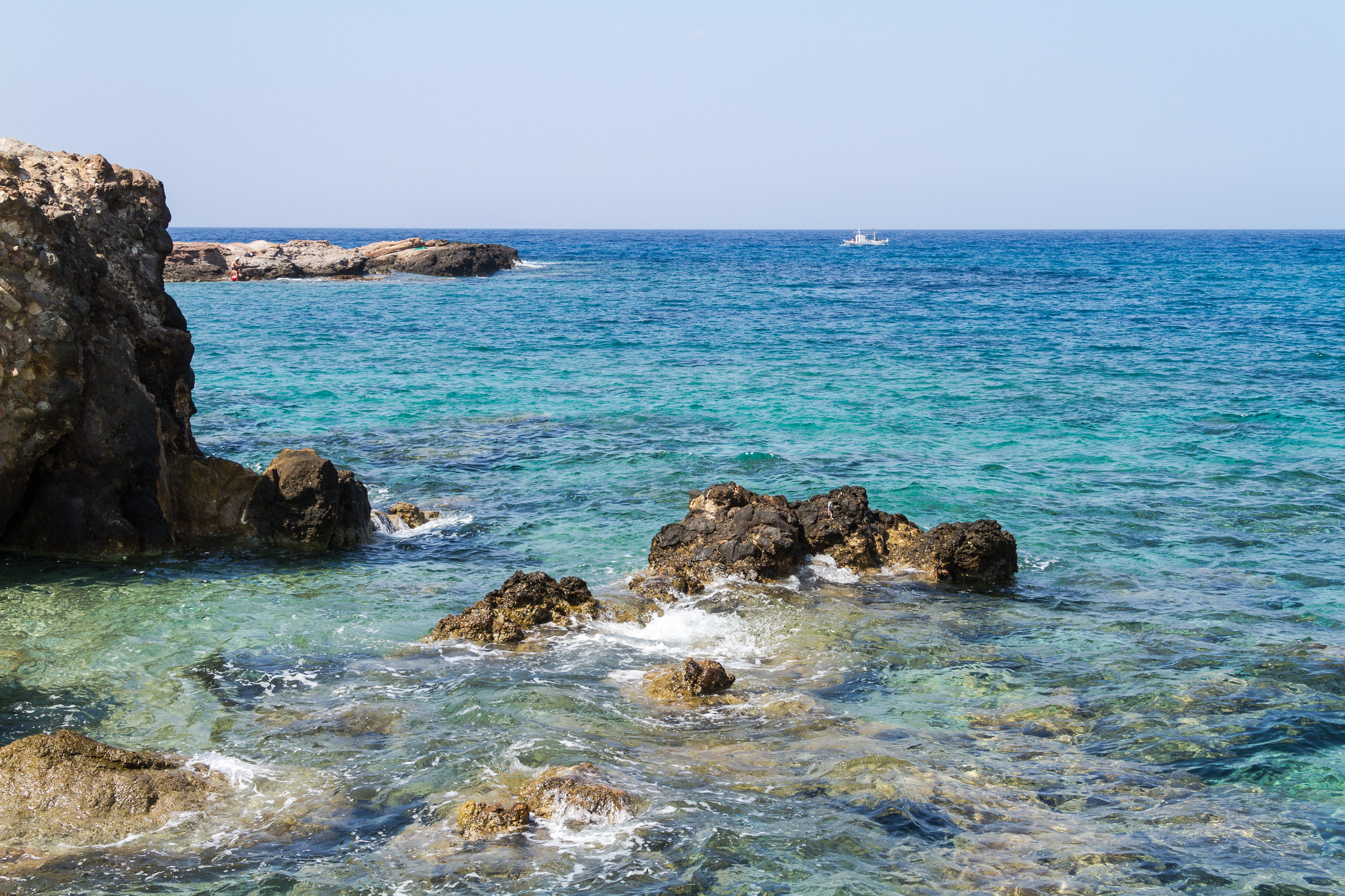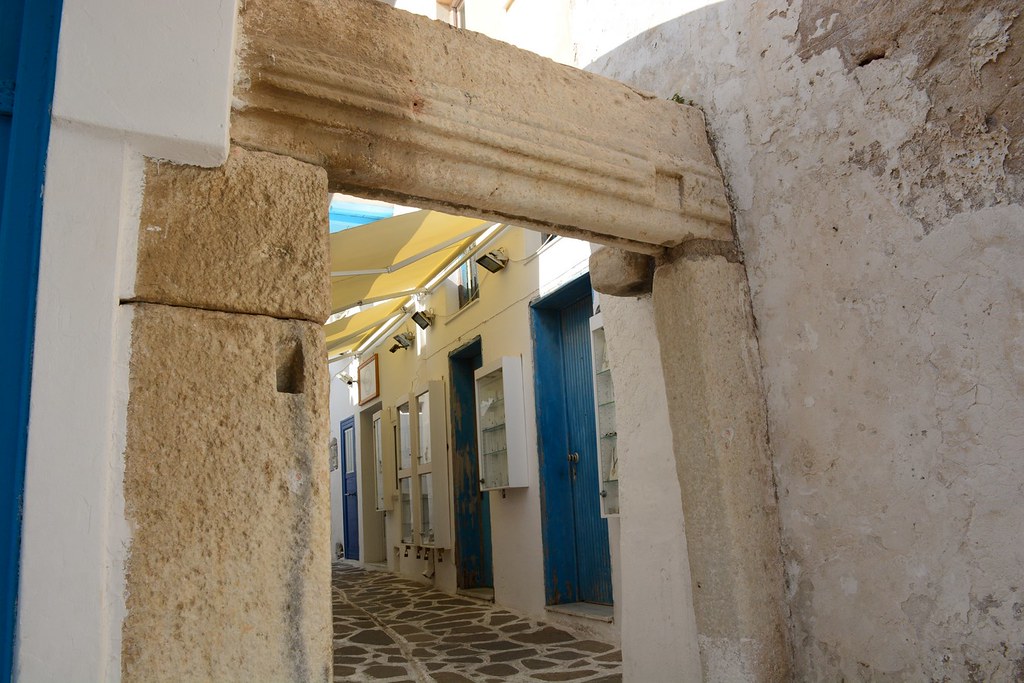10 Principles of Psychology You Can Use to Improve Your best beaches in naxos
Naxos, the biggest of the Cycladic islands, is a lovely piece of land in the middle of Aegean Sea loaded with history and worth to check out places. Beginning with island's capital with a range of museums and locations of interest, you are moving to the inland with the Venetian castles and the lovely environmental websites, as the cedar forest at the south part of the island of Naxos. A stroll in the island will make you admit that Naxos is a land filled with beautiful corners and stories from all centuries.
Naxos's capital points of historic interest
From your very entryway, at the harbor of the island of Naxos, a part of a temple, developed during the 6th century BC, devoted to the god of light Apollo welcomes you to the island and its long history. Portara, as it called is a big and remarkable stone complication that stands in the little island of Palatia and is the symbol of the island.
In the capital of the island of Naxos we also discover the Historical Museum with findings, from the excavations held throughout the island, stemmed from the 4th millennium BC to the sixth century. Museum is on the building of the old Naval School of the island; a neoclassical built at the 17th century and it lies in capital's castle. The castle was developed in between 1204- 1537 by the Venetian settlers of the island. naxos beaches It has the formation of medieval castle city and has an unique environment.
Most current addition to the sightseeing of the capital is the historical site of Grottas in the square of the Metropolitan church where excavations exposed a Mycenaean city that was here during 1300 BC.
Sightseeing in the inland of Naxos Island

First stop at the village of Apeiranthos where 3 museums, archeological, geological and the folklore museum are waiting to witness the long and different parts of Naxos's history.
Search for the Temple of Dionysus at Livadi, 10 km south of the capital, which utilized to be the sacred center of Naxos during the sixth century BC, and the Temple of Demeter at Sangri Village developed with white marble came from the exact same century as the Temple of Dionysus.
Search for the Kouros (male statue) in the valley of Flerio made in the 7th century BC with the massive height of 6.3 meters. A comparable statue of a Kouros has been found embodied in the entrance of an ancient quarry at the village called Appolonas with a height of 10,45 meters. The archeologists are not definite if the statue symbolizes Apollo or Dionysus.
Hellenistic Period and Byzantine Period
A great deal of monuments, such as castles and towers are seeing the truth that Naxos was habited during the later Hellenistic period and the Byzantine period. Among them is the Castle of Plaka beach, where the legend recommends that a wealthy queen with supernatural abilities was living there. And there is the Castle of Cheimaros at the mountain of Za built in between fourth and 3rd century BC. At last the Castle of Apaliros is developed on the top of an edgy mountain during the Byzantine era.
Churches and Abbeys
As in every Greek island churches and monasteries are all over. The abbey of Fotodoti Christou (Light Offering Christ), situated outside the town of Danakos, is one of the most outstanding and representative abbeys of the island. Panagia Protothroni is a church developed in between the 9th and 10th century BC at the village of Chalki and has extremely intriguing wall paintings. Panagia Ipsilotera is another impressive church that was a fortress throughout the 16th century. The monastery and the castle of Agias, at the north of the island is another intriguing sample of a combination of a church and a castle that individuals of Naxos had actually constructed and utilized for hoping and defense at the exact same time.
Castles and Towers
Venetian settlers of the island left a series of castles and towers spread out in the island of Naxos. Constructed with stones from the island in overall consistency with the environment are developing lovely images. The most essential castles of Naxos are Bellonias, Gracia, Markopoliti, Fraggopoulou and Barotsi. Stop for photographs and to feel the middle ages history of the island.

Natural Wonders
Amongst the a lot of archeological sites, churches and castles, Naxos has some ecological corners that are extremely interesting. One of these is the cedar forest, at the south part of the island, at Pyrgaki area, which is the only cedar forest of the Aegean Sea. Sandy, little hills with bushes of cedars are producing a magical and distinct natural landscapes that will keep in mind permanently. Close to the Cedar Forrest, Finikas Hotel offer special accommodation in its premises. Combine the solitude of the area, with the facilities of Finikas Hotel and wonder to all the above splendid sightseeing proposals in an island filled with history and appeal.

There are around thirty towers still making it through in Naxos, most of which were constructed by the Venetians after 1600 in order to fortify the island against pirate raids but also to impose their guideline onto the locals. There are also monastery-towers built by the residents in order to safeguard their rights against the Venetians. Both types of tower have a defensive character. There are also some towers that were utilized by the Venetians as country homes, which do not have a defensive character.
Each tower is surrounded by a wall that confines the yard and the auxiliary buildings. Big storage areas were also needed in order to save the fruits of Naxos' rich, fertile earth and also for usage as stables.
There was often a wine-press in the auxiliary structures. As these towers were meant to house the Frankish conquerors one might anticipate that they would be integrated in a western design. The fact, nevertheless, that they were constructed by regional craftsmens resulted in a mixture of Cycladic and western architecture, and this is especially apparent in the layout.
Typical features of the Naxiot house - the large reception room and living-room on the upper flooring, the storage areas and the auxiliary rooms on the lower floor - are all retained in the towers, the difference being that they are spread over more floorings. The lower floor, the 'katoi' is taken up completely by the auxiliary spaces, which are big in size, and storage-rooms for foods items. The harvests were saved in these, particularly during periods of drought and the long sieges. Interaction in between the katoi and the upper floor was by means of a hatch-door and a wood or stone staircase from the outside whilst inside the tower there was a stone staircase which caused the veranda of the first flooring, where the primary entrance to the tower was.
It is also interesting to note that in some towers the stairs did not go all the way as much as the entrance but stopped a fair range listed below. Access was then continued through a wooden platform or bridge which was raised whenever raiders threatened the security of the structure.
Western influence is primarily visible in the layout, which now followed the pre-determined plan of a confined rectangle with in proportion lines of axis. The design of the entryway to the tower is now especially formal and the western element is particularly highlighted in features such as the ramparts from which boiling oil was put. The geometric schema is made especially pronounced by the lack of atypical extensions and the fagades were not whitewashed, something that would have provided a sense of lightness and delight. In basic, all the towers have either the colour of the stone or the earth and bond harmonically with the natural surroundings. A skilled eye can trace a sense of symmetry along the width and the height. The only decorative elements are the doors and windows.